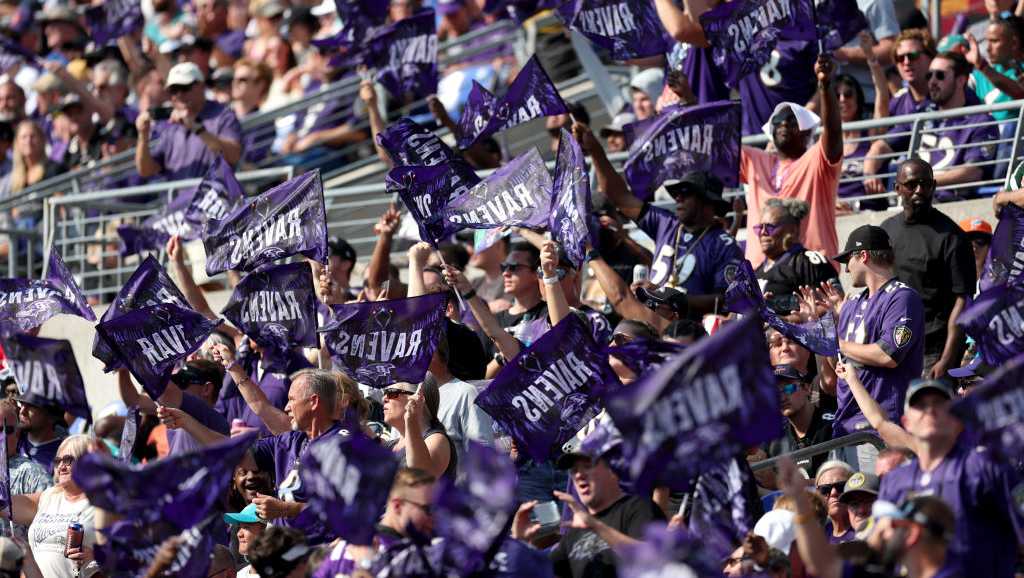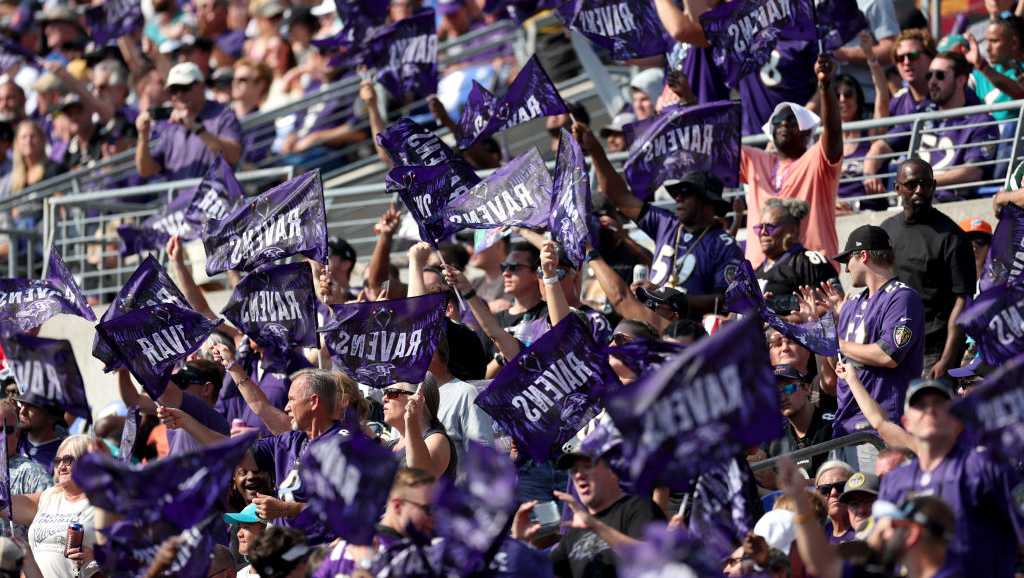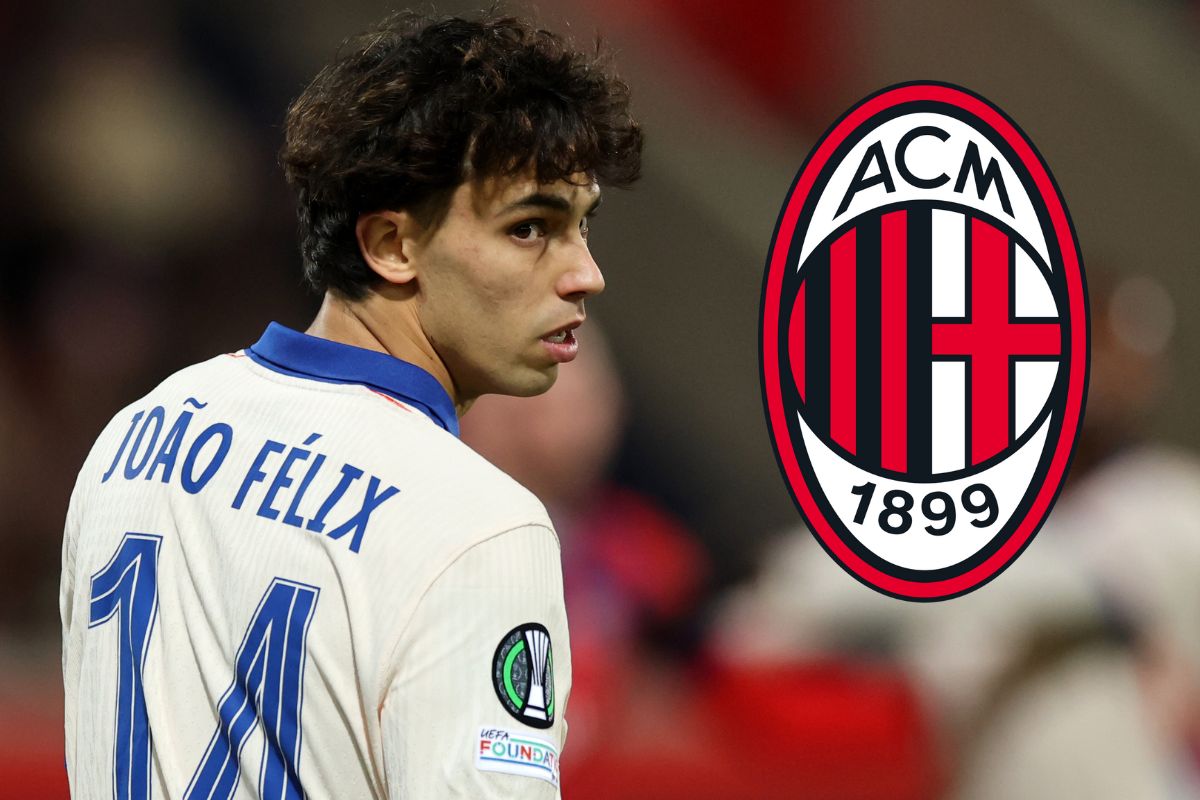
In a groundbreaking moment for sports broadcasting, 27.8 million viewers tuned in to watch the Baltimore Ravens face off against the Los Angeles Chargers in a highly anticipated NFL matchup, streamed live through Disney’s innovative multicast platform.

The impressive viewership marks a new milestone in the evolving relationship between sports and digital media, as Disney’s use of its expansive media resources and the power of multicast technology attracted an enormous audience, proving once again the growing appeal of sports streaming across diverse platforms.
The Ravens-Chargers game, which aired on multiple Disney channels as part of their multicast strategy, saw a record-breaking 27.8 million viewers engage with the broadcast. This milestone is significant not only for the NFL but also for the future of sports broadcasting in the digital age. Disney’s multicast model, which enables fans to watch the game from different perspectives, and with enhanced features such as alternate commentary, player stats, and interactive experiences, has become an instant hit.
The game itself was thrilling, with both teams delivering an exciting performance on the field, but the true spectacle was the way Disney broadcasted it. By offering an array of viewing options through ESPN, ABC, and other Disney-owned platforms, the company allowed fans to experience the game in a fresh and personalized way. This approach attracted millions of viewers across different demographics, including younger audiences and tech-savvy sports fans who value the convenience of streaming with added features.

Disney’s decision to multicast the Ravens-Chargers game was part of a broader strategy to expand their footprint in the sports streaming world. With the increasing popularity of streaming services like Netflix, Amazon Prime, and others, Disney has been focusing on diversifying its broadcast offerings, integrating technology with live sports. By leveraging ESPN+, ABC, and Disney+, Disney is positioning itself as a frontrunner in delivering high-quality, interactive sports content.
The multicast strategy allows viewers to choose from different broadcasts with various features, including live game statistics, alternative camera angles, and even unique commentary teams. This level of customization has resonated particularly with younger audiences who are accustomed to on-demand content and immersive viewing experiences.
For the Ravens-Chargers game, viewers had access to a wide variety of experiences, from traditional broadcasts to “next-gen” telecasts that included more in-depth analysis and interactive capabilities. This innovative approach sets a new standard for how sports content can be presented to fans, combining the best aspects of traditional TV broadcasting with the flexibility of modern streaming services.

The massive viewership of 27.8 million for the Ravens-Chargers game reflects the increasing trend of sports fans turning to digital platforms for live sports content. While traditional television broadcasts remain a dominant force in sports media, streaming and multicast options are quickly gaining traction, especially among younger audiences who prefer to consume content on their own terms.
NFL games, especially high-profile matchups like Ravens vs. Chargers, are known for attracting huge audiences, but the integration of streaming options like those offered by Disney is reshaping the way sports are consumed. By offering alternative viewing angles and stats at the click of a button, Disney’s multicast experience enhances the fan’s connection to the game, allowing them to feel more involved and engaged.
Moreover, the success of this broadcast is indicative of a broader trend toward the convergence of traditional sports media and digital innovation. As sports organizations, broadcasters, and tech companies continue to experiment with new ways of presenting live events, the overall viewing experience for fans is evolving.
Looking ahead, the success of the Ravens-Chargers multicast could pave the way for more sports networks and broadcasters to explore similar digital-first strategies. As companies like Disney continue to push the envelope with new technology, interactive features, and live-streaming options, the traditional sports broadcasting landscape may see significant changes.

The success of Disney’s multicast approach demonstrates that the future of sports viewing lies in providing fans with more options, greater interactivity, and a more personalized experience. It is clear that streaming platforms are no longer just a secondary option for sports fans—they are becoming the primary destination for live sports content, especially as younger generations prioritize convenience and engagement over traditional TV broadcasts.
For the NFL and other sports leagues, this shift could mean a new era of broadcasting, one that blends the excitement of live sports with the dynamic and interactive capabilities of modern technology. As the landscape continues to evolve, one thing is certain: sports fans are in for an exciting ride as broadcasters innovate to bring the game closer to home.
In conclusion, with 27.8 million viewers flocking to Disney’s multicast broadcast of the Ravens-Chargers game, this milestone signals a major shift in how sports are consumed in the digital age. The success of the event is a testament to the growing appetite for interactive and personalized sports content, and the future of sports broadcasting is looking more exciting than ever.






